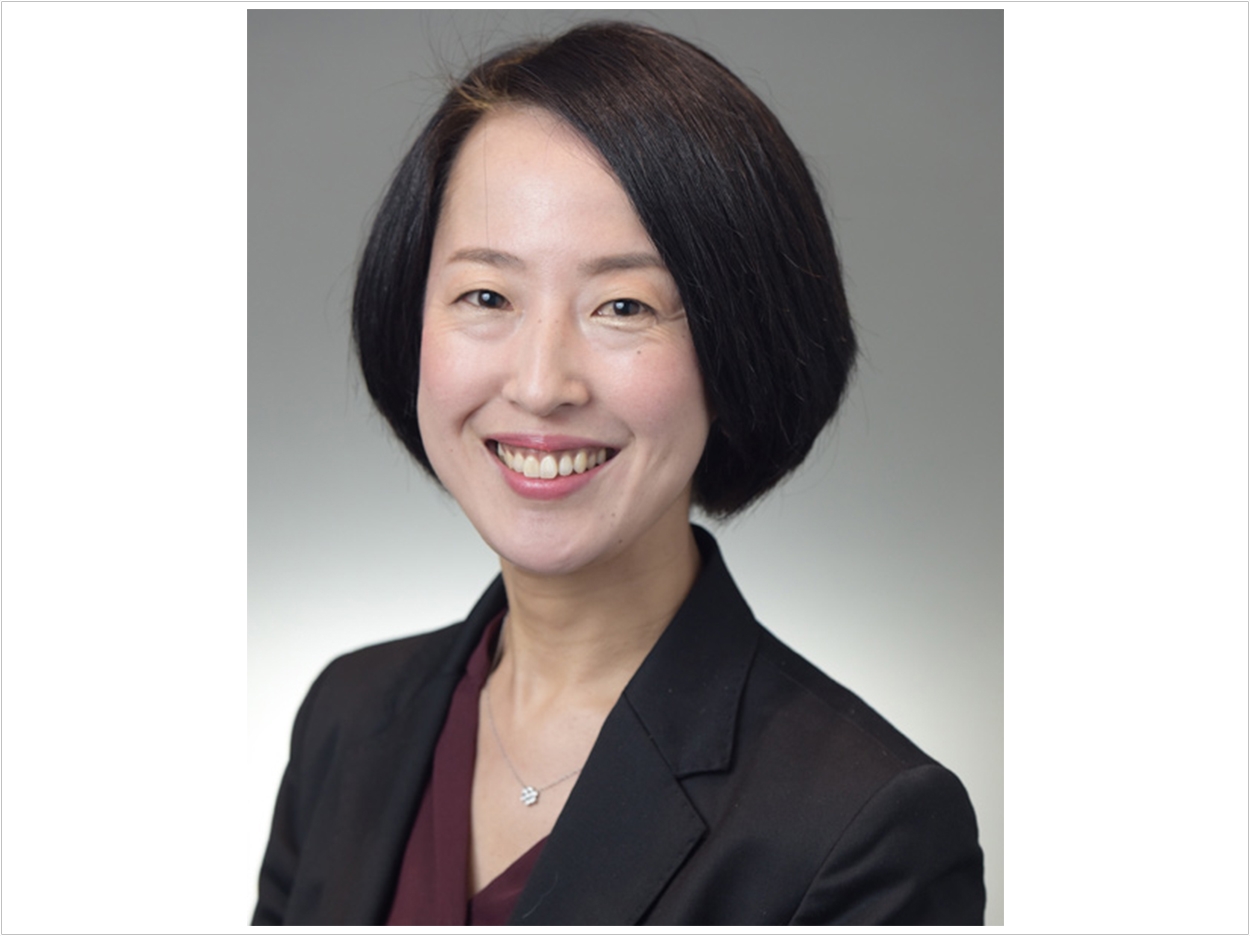
For more than three years, Hanae Saito, DDS, MS, of the University of Maryland School of Dentistry (UMSOD) has been studying the behavior of peri-implant diseases, for which successful treatment strategies remain a mystery.
“The available treatment methods for peri-implantitis, which is an inflammatory process affecting the soft and hard tissues surrounding an implant with loss of supporting bone, are fairly new in the field of periodontics,” said Saito, a clinical professor in the Department of Advanced Oral Sciences and Therapeutics, Division of Periodontics, at the school.
“And there are still many unknowns, and the number of cases and patients we see in our clinic is increasing every year,” she said.
Now, Saito has received a pair of $15,000 grants from the Osseointegration Foundation and the Implant Dentistry Research & Education Foundation to determine if the microflora in the soft tissue outside of the implant contributes to the development of peri-implantitis in the implant abutment.
“It is a hot topic because we don’t know the answer and the issue gets bigger and bigger,” she said.
Saito is working with Radi Masri, DDS, MS, PhD, associate professor in the Division of Prosthodontics, and faculty members from the UMSOD Department of Microbial Pathogenesis to examine whether the aerobic and anaerobic bacteria that appear in regular periodontitis also materialize within the screw hole of an implant.
“The study Dr. Saito and I are working on is designed to assess the contribution of microflora surrounding and within the implant to peri-implant disease,” said Masri.
“We are hoping to identify virulent factors that lead to the destruction of implant-supportive tissues. This is an important first fundamental step in our efforts to prevent and alleviate peri-implant disease,” said Masri.
With the grant support, UMSOD students will screen patients and refer all implant candidates to the research team. Masri will place the implant, and Microbial Pathogenesis faculty members will perform follow-up research on patients who develop infections.
“People usually transition from preclinical to clinical studies, but we’re doing it the other way around,” said Saito.
Saito’s goal is to create a protocol to study how the soft tissue interacts with the abutment screw that is placed in the implant, potentially revealing if the bacteria in the soft tissue is leading to peri-implantitis in the abutment.
“We can do everything in house to find out what’s going on and develop a solution. We have the resources, and we have the patients,” Saito said.
Related Articles
Researchers Outline Key Factors Behind Peri-Implantitis
Laser-Microgrooved Implant Collars See Less Peri-Implantitis
New Surgical Procedure Successfully Treats Peri-Implantitis












